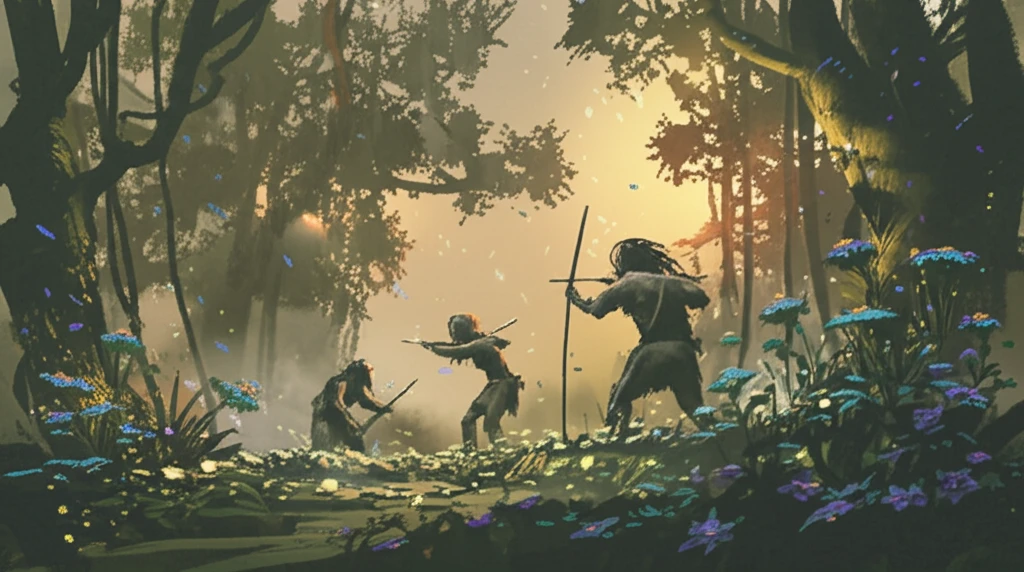
Ancient Arrows: A Journey into Prehistoric Poison
"Delve into the fascinating world of ancient poison arrows: What historical records, ethnographic documentation, and cutting-edge research reveal about prehistoric hunting practices and the ingenuity of our ancestors."
The use of poisons on arrows is an intriguing facet of prehistoric hunting weapons, one that has only recently begun to receive significant attention. For millennia, hunters across the globe have utilized toxic substances derived from plants and animals to enhance the effectiveness of their tools. This practice, deeply rooted in human history, sheds light on the resourcefulness and intricate knowledge of our ancestors.
Ethnographic records vividly illustrate that hunters in diverse latitudes have consistently employed poisoned weapons. These toxins, carefully extracted and applied, dramatically increased the success rates of hunts, ensuring the survival and prosperity of their communities. The knowledge and skill required for this practice underscore the complex relationship between humans and their environment.
Indeed, in many instances, weapons would be largely ineffective if their tips were not treated with poison. Especially when hunting large game, the penetrating power of an arrow alone might not be sufficient to bring down a substantial animal. Poison, therefore, became a critical component, offering a decisive advantage in securing vital resources.
Unearthing Ancient Practices: Historical and Ethnographic Insights

The idea that poisoning arrows for hunting dates to the Paleolithic era is plausible. During this period, the advancement of hunting techniques, particularly the invention of throwing weapons like the spear, marked a significant revolution in the hunting strategies of anatomically modern humans (AMH). These innovations reflect an evolving understanding of how to effectively secure resources.
- Ancient Poisons: Evidence suggests the use of toxic substances on arrows dates back to the Egyptian pre-dynastic period, around 2481-2050 BC.
- Literary Evidence: Rare documents, like the Atharva Veda and Greek poems such as the Iliad and the Odyssey, reference the use of poisons on arrows in warfare and hunting.
- Cultural Significance: The Greek word 'toxic' shares its root with 'toxon' (bow) and 'taxon' (yew), highlighting the cultural and linguistic association with poisonous substances.
- Hunter-Gatherer Traditions: Extensive ethnographic literature details the use of poisonous substances by ancient and modern hunter-gatherers, emphasizing the widespread nature of this practice.
The Future of Prehistoric Poison Research
The investigation into the use of poisons in prehistoric periods is an innovative field of research, enhancing our comprehension of ancient hunting techniques and rituals, and illuminating how ancient populations understood and exploited the plant world. Moving forward, the key lies in detecting unknown substances and ideally reconstructing entire toxic compounds, comprised of primary ingredients and various additives. By expanding the database of biochemical fingerprints of these compounds and integrating diverse analytical methods, we can deepen our understanding of prehistoric hunting strategies and cognitive evolution.
